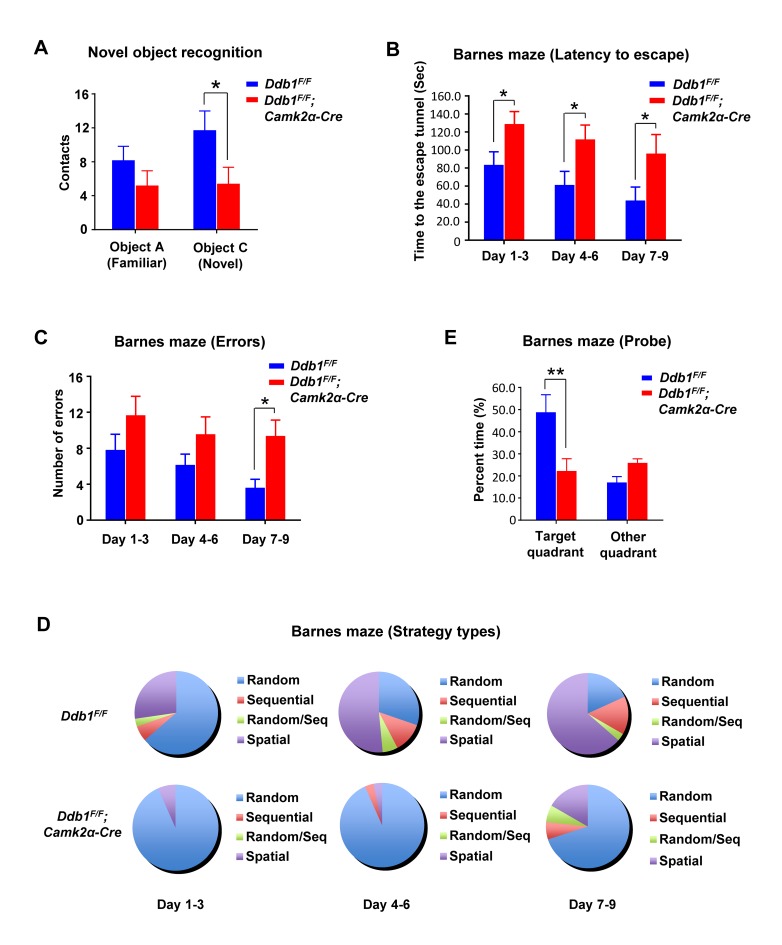Fig 1. DDB1 deletion in mouse brain causes learning and memory defects.
All behavior analysis data are shown as mean ± SEM. (A) Novel object recognition to test texture-associated short-term memory in mice. Contacts of mice towards the familiar (A) or novel (C) object were recorded after training. Ddb1F/F;Camk2a-Cre mice could not differentiate object C from A while Ddb1F/F mice could (Ddb1F/F n = 11, Ddb1F/F;Camk2a-Cre n = 10, P = 0.026). (B) Barnes maze. The time for Ddb1F/F; Camk2a-Cre mice (n = 10) or Ddb1F/F mice (n = 11) to enter the escape tunnel were recorded during the training days (P < 0.05 for each block). Two-way repeated-measures ANOVA (genotype versus day) revealed a genotype effect (F(1,19) = 6.518, P = 0.0194) and day effect (F(2,38) = 6.318, P = 0.0043) for both groups. (C) Barnes maze. The errors (numbers of entrance into wrong tunnel) made by mice were recorded during the training days (P = 0.014 for block day 7–9). Two-way repeated-measures ANOVA revealed a genotype effect (F(1,17) = 13.68, P = 0.0018) for both groups. (D) Barnes maze. Incidence distribution of strategy for mice to search the escape tunnel were recorded during the training days. Two-way repeated-measures ANOVA revealed a significant differences in strategy use (F(3,16) = 29.00, P < 0.0001) and a genotype × strategy effect (F(3,16) = 13.16, P = 0.0001) for both groups. (E) Barnes maze. The time for mice spent in the target quadrant (where the removed escape tunnel was located) were recorded on the probe day (P = 0.0027).

